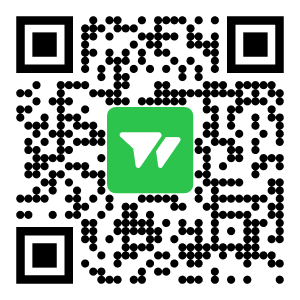Search flights to North Korea
| Currency | KPW |
|---|---|
| Flight Duration | 13 hour 40 min |
About North Korea
Located in the northern part of the Korean Peninsula, North Korea is officially known as the Democratic People's Republic of Korea. It shares borders with South Korea, Russia, and China, and has coastlines along the Yellow Sea and the Sea of Japan. Governed by the Korean Workers' Party, North Korea operates under socialism and employs a planned economic system. The land is collectively cultivated, and trade and industries are state-managed. The country is mainly characterized by mountainous terrain, with the Kangnam Plateau covering a significant area. Mount Paektu, reaching about 2775 meters, is the highest point in North Korea.
Rich in underground resources, North Korea's key mined minerals comprise lead, coal, gold, and copper. The vast forests that cover nearly the entire land play a crucial role in supporting the forestry and paper processing industries. North Korea has a temperate climate with warm, dry summers and cold winters with snowfall. The optimal time to visit is late spring through warm summer days. Alternatively, visiting in the fall, around September or October, helps avoid potential adverse effects of rainfall.
North Korea's population is mainly Korean, with small communities of Chinese, Vietnamese, Japanese, and Europeans. The official and widely spoken language is Korean, with the Pyongyang dialect unique to North Korea, setting it apart from South Korea. Religion has minimal influence on daily life, as the majority are atheists, while some follow Buddhist and Christian communities. Most Christians in North Korea are Protestants.
Economically underdeveloped and dependent on international aid, North Korea is marked by a repressive state regime that strongly influences living conditions. The country permits a limited number of foreign tourists annually but imposes restrictions on their access to various places, and they are not allowed to explore independently. State control extends to internet access, allowing only approved websites.
Outside of the capital, Pyongyang, North Korea has significant cities including Hyesan, Kanggye, Hamhung, and Songrim. However, special permission is needed to visit many regions in the country. Exploring numerous places in North Korea requires the accompaniment of authorized tour guides.
Rich in underground resources, North Korea's key mined minerals comprise lead, coal, gold, and copper. The vast forests that cover nearly the entire land play a crucial role in supporting the forestry and paper processing industries. North Korea has a temperate climate with warm, dry summers and cold winters with snowfall. The optimal time to visit is late spring through warm summer days. Alternatively, visiting in the fall, around September or October, helps avoid potential adverse effects of rainfall.
North Korea's population is mainly Korean, with small communities of Chinese, Vietnamese, Japanese, and Europeans. The official and widely spoken language is Korean, with the Pyongyang dialect unique to North Korea, setting it apart from South Korea. Religion has minimal influence on daily life, as the majority are atheists, while some follow Buddhist and Christian communities. Most Christians in North Korea are Protestants.
Economically underdeveloped and dependent on international aid, North Korea is marked by a repressive state regime that strongly influences living conditions. The country permits a limited number of foreign tourists annually but imposes restrictions on their access to various places, and they are not allowed to explore independently. State control extends to internet access, allowing only approved websites.
Outside of the capital, Pyongyang, North Korea has significant cities including Hyesan, Kanggye, Hamhung, and Songrim. However, special permission is needed to visit many regions in the country. Exploring numerous places in North Korea requires the accompaniment of authorized tour guides.

